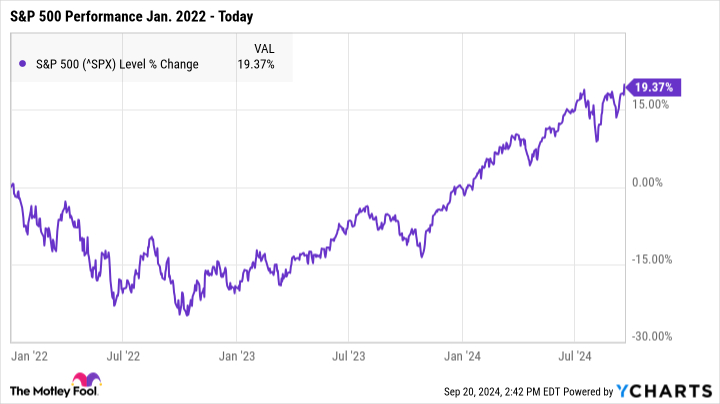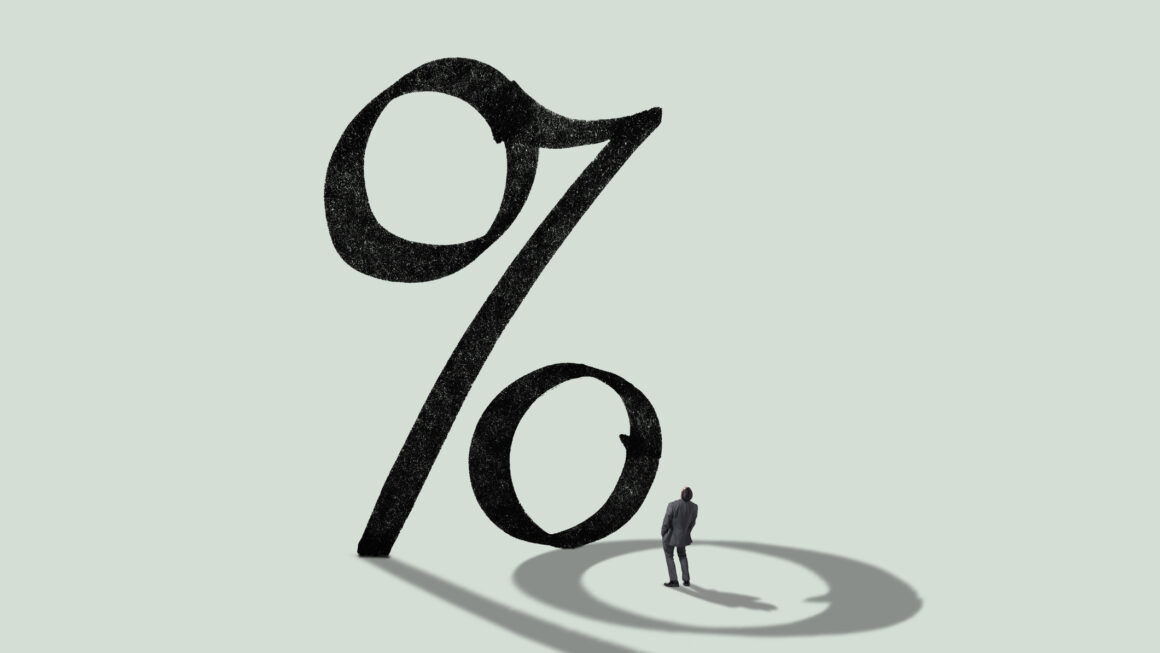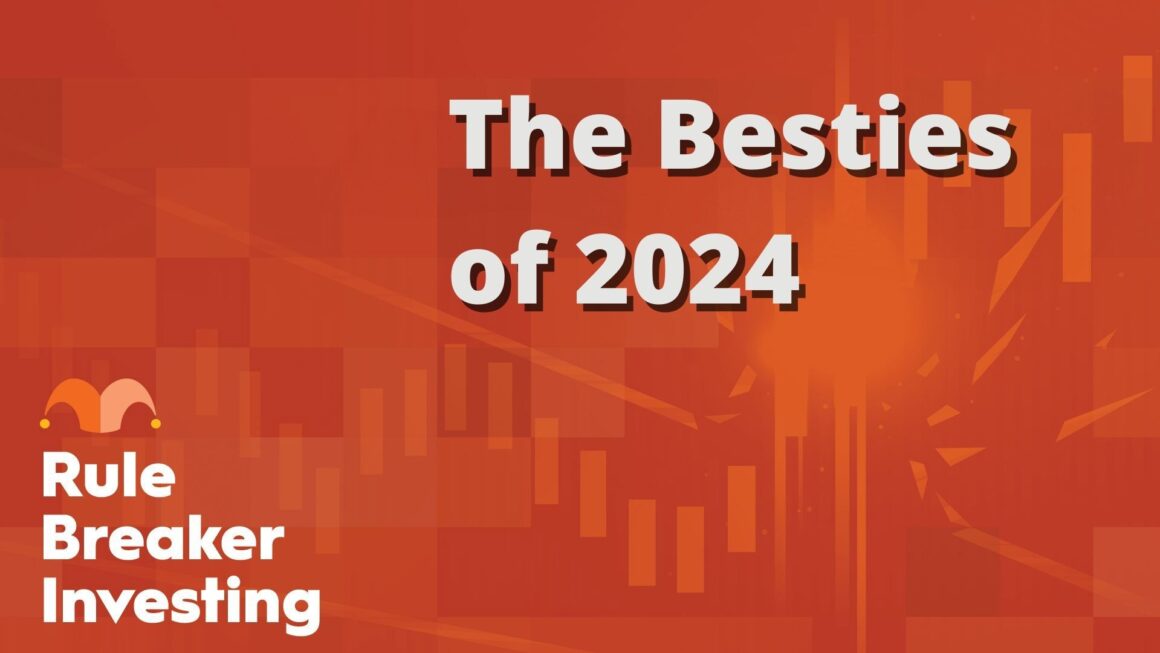More volatility could be looming. Here’s why you should (or shouldn’t) invest right now.
The stock market has always been known for its volatility, but the past few months have been particularly rough for investors.
After falling by more than 8% between mid-July and early August, the S&P 500 (^GSPC 0.28%) made a quick comeback, only to drop 4% in just one week in early September and make yet another almost immediate rebound.
While the S&P 500 is still up by close to 20% for the year, the whiplash from all of these ups and downs can be exhausting as an investor. Other variables, such as a presidential election and a major interest rate cut from the Federal Reserve, could further affect stocks.
Given the market’s volatility, is it actually safe to invest right now? Or should you hold off until the new year to see if stocks settle down? The answer is simpler than you might think.
Image source: Getty Images.
When is the right time to invest in the stock market?
Despite the roller coaster of ups and downs, there’s never necessarily a bad time to invest in stocks. The market can be shaky in the short term. But if you invest in the right places (i.e., the stocks of companies with solid business fundamentals that are healthy enough to pull through periods of volatility), your portfolio is almost guaranteed to bounce back and earn positive returns over decades.
The only way to lose money on a stock is to sell after the price has dropped below what you paid for it. As long as you hang onto the stock, even if the price drops, you haven’t lost money until you sell and lock in those losses. If its price eventually rises again, you won’t have lost any money.
Now, investors picking individual stocks will absolutely end up picking some pick losers. No one is right all the time. As investing legend Peter Lynch said, “In this business if you’re good, you’re right six times out of 10. You’re never going to be right nine times out of 10.” But the big winners in a diversified portfolio can more than make up for those, and if you’re sticking with investing in an overall market-tracking fund, time is your friend.
A long-term outlook is key to surviving periods of volatility. Even if you invest at a seemingly terrible time right before the market faces a slump, your portfolio can still survive if you stay in the market and avoid selling.
For example, say you invested in an S&P 500 index fund in January 2022. Stocks were about to enter a yearlong bear market and wouldn’t experience a new all-time high until early 2024, and your investment would have almost immediately lost value. Yet by today, you’d have earned total returns of close to 20%.
By selling your investment later in 2022 or even in 2023, you would have lost money. But by sticking it out and staying in the market until prices bounced back, you’d have earned positive total returns despite the temporary loss in value throughout those two years.
To protect your portfolio, it’s wise to keep your money in the market for as long as possible — ideally, decades. It’s impossible to predict how the market will perform in the coming weeks, months, or even years. But historically, it’s always managed to earn positive total returns over decades.
In fact, data from Crestmont Research suggests that by holding an S&P 500 index fund for 20 years, you’re all but guaranteed to see positive total returns. Analysts examined the index’s 20-year rolling total returns and found that every single period in its history has ended in gains. In other words, if you’d invested in an S&P 500-tracking fund at any point and held it for 20 years, you’d have made money no matter what the market was doing in that time.
Why you might want to wait to invest
With a long-term outlook, there’s no bad time to invest — as long as you’re investing in the right places and can afford to leave your money in the market for the foreseeable future. Those two factors are key, and without them, you could be better off waiting to buy.
It’s critical to do your research when deciding where to invest. Sometimes, that’s as simple as weighing various S&P 500 index funds or choosing whether to contribute to an IRA or a 401(k). Investing doesn’t need to be complicated, and low-effort investments can still earn you a lot of money over time.
However, if you’re investing in individual stocks, you’ll need to commit to researching every company you’re thinking of owning — and then regularly keep up with those stocks to ensure they remain strong investments. If you can’t put that much time or effort into your portfolio right now, that’s OK. But rather than risk investing in the wrong places, you may be better off taking a simpler approach or holding off on buying for right now.
Similarly, if you’re tight on cash, investing may not be the best move. If you invest every last dollar and then face an emergency expense, you may have no choice but to pull your money out of the market at a less-than-ideal time, potentially locking in losses. Before you invest, it’s wise to have at least three to six months’ worth of savings in an emergency fund.
While the market may be daunting right now, waiting until 2025 to invest isn’t necessarily a safer move. Rather than worrying about when to buy, it’s far better to focus on buying quality stocks and holding them for as long as possible.














